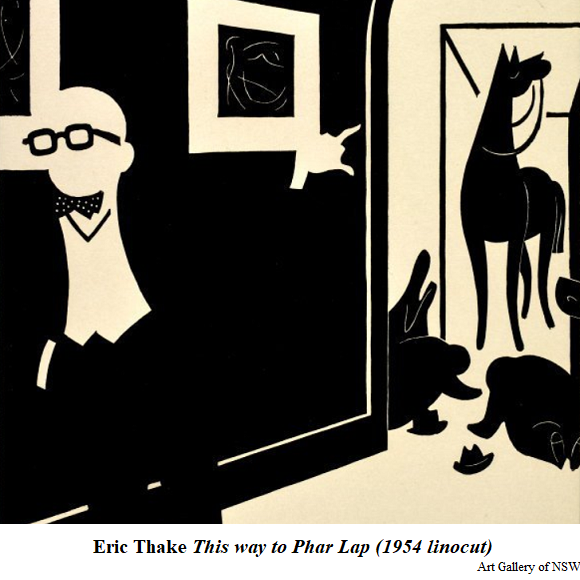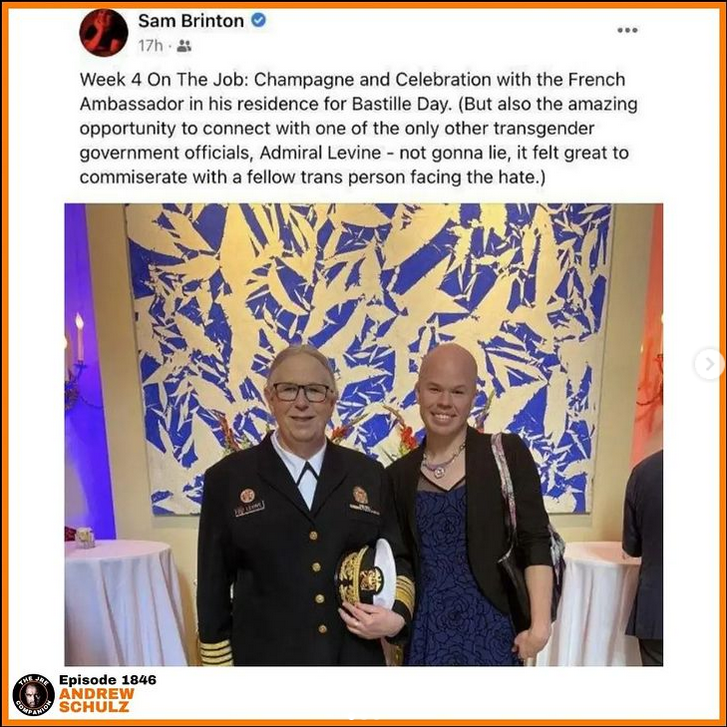
Cold, Heartless, Joy-Sucking Ignorance Intensifiers

As a general rule, I will enter any building that bills itself as a museum. This rule applies even if that claim to museum status is not particularly believable. New Zealand, for example, seems over-supplied with “museums” that are little more than someone’s abandoned sheds with all their old stuff in glass cabinets instead of garbage bins.
Still, I’ll inevitably stop, pay an entry fee and take a look around. You never know what you might find, although in New Zealand the difference between being inside or outside a museum is usually only the ticket.
Sometimes a museum compulsion delivers alarming personal challenges. I’ve previously mentioned turning up at Houston’s National Museum of Funeral History, where for the first time in my life I was asked if I qualified for a senior citizen’s discount. On top of that, nothing more powerfully underlines an individual’s sudden awareness of ageing than nearly 3000 square metres of coffins, hearses and embalming equipment.
Those 3000 square metres are commendably packed with all manner of death-related devices. You get value for your museum-walking effort in Houston’s shed of the dead, which is very distinct from today’s Australian museums, where the trend is to spread displays far and wide. Some modern museums are so pointlessly spacious that they’d be more gainfully used as well-decorated carparks.
The relatively new Melbourne Museum, opened in 2000, is a perfect example of the modern museum style. It seems to prioritise area over exhibits. The joint is massive, but all the contents appear to be located at the interior’s furthest extremes. This leads to an oddly underwhelming viewing experience.
And also aching legs. By the time you happen upon Phar Lap’s immaculately preserved body, you’re more inclined to envy than awe. He’s got four feet and doesn’t need to use them. Lucky old Phar Lap.
Visitors to the previous Melbourne Museum will recall just how intensely immersive—to use a term beloved of the current-day curatorial community—it all was. This delightful circumstance apparently happened by accident. By all accounts, museum staff at the old La Trobe Street place simply put as much stuff on display at any one time as they possibly could.
The result was a near-overload of historical information for every metre travelled. Why, the museum’s vertebrate display alone featured dozens of tightly crammed creatures, both in skeletal and skin-equipped form. Lions, seals, birds and fish competed for your attention with kangaroos, koalas and an emu or two. Search carefully and you may even find that rarest of Victorian mammals: the Liberal MP with a spine.
The new Melbourne Museum is, by comparison, stark and sterile. And also enormous. The only more infuriating waste of space in Australian architecture might be the ABC’s cavernous hall of emptiness at its overbuilt Sydney headquarters. Imagine an enclosed version of Moscow’s Red Square and you’ll pretty much have the right idea.
In its defence, Melbourne Museum does offer an attempt at historical documentation. The Museum of Sydney (pictured above), by contrast, largely ends its exploration of Sydney’s history at the point when white folk arrive—except to reinforce over and over again how damaging was that arrival to the fortunes of our First Nations folk.
Fair warning, it must be said, is given to any prospective Museum of Sydney visitors. The venue’s website declares that the museum, built on the grounds of New South Wales’s first Government House, “acknowledges the impact this site has had on First Nations people and communities. As the epicentre of colonial government for its first 57 years, it is deeply symbolic of the many policies, actions and decisions that have profoundly affected First Nations Australians and still do.”
A wonderful little model of the old Government House is one of very few colonial-era reminders. From that attractive starting point, everything rapidly turns angry and dull.
“We are committed to using this site as a place for truth telling and conversations led by First Nations voices,” the site informs, after a fashion. “We pay our respects to Elders past and present, and to the strength and resilience of First Nations people and cultures.”
The Sydney part has kind of been deleted at this stage. “Was, is and always will be Aboriginal land,” the site concludes, and—judging by the museum’s presentations—this is evidently so.
When I dropped by earlier this year, various anti-white (and notably non-historic) artworks were on show. One of them was a colourful piece bearing the words “Are you f***ing kidding me”, which for many attendees would accurately summarise their entire Museum of Sydney experience. Indeed, the coarse-minded among us would be mouthing those words long before seeing them.
Another work depicted, in ghastly, sub-artistic ways, various recent prime ministers. That would be a Canberra reference, then, and nothing to do specifically with Sydney. The most perplexing piece, hanging in the museum’s foyer, name-checked retired Melbourne furniture retailer Franco Cozzo. Where’s all the Sydney?
The answer: Sydney is outside. You’ll learn more about the history and development of Australia’s greatest city by briefly examining the buildings and roads around the museum than you ever would from spending hours inside it. In fact, prolonged exposure to the museum’s interior will likely only de-learn a fellow about his surrounding location.
As are arts departments at Australian universities, the Museum of Sydney is an ignorance intensifier. The longer you stay, the less you’ll know. Dangerously over-exposed staff members presumably require daily reminders about who they are and where they live. Maybe that’s where all of Sydney’s homeless come from.
When a museum enthusiast is deprived of sufficient high-quality availability, the only reasonable course of action is to relocate to regional north-western Victoria. Museums are abundant here, and thankfully they tend to follow the older, more intensive and crowded fashion.
The Woods’s Farming & Heritage Museum in Rupanyup is probably the finest of a grand bunch, narrowly shading Warracknabeal’s Agricultural Machinery Museum—mainly because the former has a few more attractions besides a brilliant collection of both restored and raw agricultural machinery. In fact, the two museums are complementary. One shows the contraptions that were used to build this part of the country, and the other shows what was built.
At Rupanyup, the building continues. When Victoria was constrained by demented Covid restrictions, the museum’s owners took advantage of enforced free time to build two stunningly detailed early and mid-twentieth-century house interiors. There’s also an entire scaled-down street of shops, gasp-worthy gatherings of domestic electronic gadgetry and multiple generations’ worth of local wedding dresses.
I went there earlier this year with a Melbourne-based academic mate who’s trawled through museums worldwide, some of them for high-falutin’ research purposes. From London to Athens, he knows his museums. But it would have been far easier extracting him from anything international than it was to drag him out of Farming & Heritage. If he’d stayed any longer—staff actually had to tell him it was closing time—he’d have become an exhibit himself.
Not that I can talk. Back in April, I mentioned that I’d interrupted my cardiac rehabilitation with a trip to the Australian Pinball Museum in Nhill. I may have since been back there a time or two. Or three. Or however many times it took before the staff began to recognise me.
Still, it’s not as though I’m suffering an addiction or anything. Truly, I can walk away anytime I wish. Or at least I thought so, until a chat with another mate about all the Wimmera-Mallee region’s museums, large and small. “There’s even a dachshund museum,” he said. “Bet you didn’t know about that.”
Yep. Been there. It’s in Edenhope, down at the far end of Elizabeth Street. Two very distinct personalities of dachshund are on the premises.
On reflection, maybe I have a museum problem.

ENOUGH about museums of the past and present. Mid-August news items informed us about what we can—or, rather, cannot—expect from museums of the future.
According to various accounts, Seattle’s Museum of Pop Culture has removed from its Harry Potter exhibits all references to Harry Potter author J.K. Rowling. The author—whose work defines much of pop culture in recent decades—was disappeared due to what one report described as her “transphobic views”.
Rowling, in other words, believes that men cannot get pregnant, breastfeed, or compete fairly with women and girls in organised sport. Her beliefs, in other words, were shared by basically the whole planet until a few minutes ago.
An employee at the museum, apparently a transgender individual, condemned Rowling’s reasonable views as “super hateful and divisive”, and described the author herself as a “cold, heartless, joy-sucking entity”. That seems rather harsh in terms of Rowling, but such a memorable phrase nevertheless does merit preservation.
I propose that future museums, which will no doubt scrub from memory anybody or anything worthwhile, all be formally known as “cold, heartless, joy-sucking entities”. A little long, perhaps, but perfectly accurate.
Madam: Archbishop Fisher (July-August 2024) does not resist the attacks on his church by the political, social or scientific atheists and those who insist on not being told what to do.
Aug 29 2024
6 mins
To claim Aborigines have the world's oldest continuous culture is to misunderstand the meaning of culture, which continuously changes over time and location. For a culture not to change over time would be a reproach and certainly not a cause for celebration, for it would indicate that there had been no capacity to adapt. Clearly this has not been the case
Aug 20 2024
23 mins
A friend and longtime supporter of Quadrant, Clive James sent us a poem in 2010, which we published in our December issue. Like the Taronga Park Aquarium he recalls in its 'mocked-up sandstone cave' it's not to be forgotten
Aug 16 2024
2 mins







